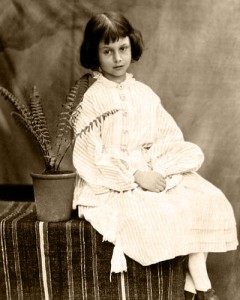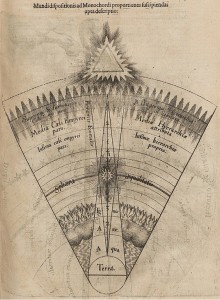The REAL Alice…
… feed your head…
Meet the Real Alice: How the Story of Alice in Wonderland Was Born (Brain Pickings)
by Maria Popova
“What is the use of a book,” thought Alice, “without pictures or conversations!”
“On July 4, 1862, a young mathematician by the name of Charles Dodgson, better-known as Lewis Carroll, boarded a boat with a small group, setting out from Oxford to the nearby town of Godstow, where the group was to have tea on the river bank. The party consisted of Carroll, his friend Reverend Robinson Duckworth, and the three little sisters of Carroll’s good friend Harry Liddell — Edith (age 8), Alice (age 10), and Lorina (age 13). Entrusted with entertaining the young ladies, Dodgson fancied a story about a whimsical world full of fantastical characters, and named his protagonist Alice. So taken was Alice Liddell with the story that she asked Dodgson to write it down for her, which he did when he soon sent her a manuscript under the title of Alice’s Adventures Under Ground…”
For the rest, click here.
Share


